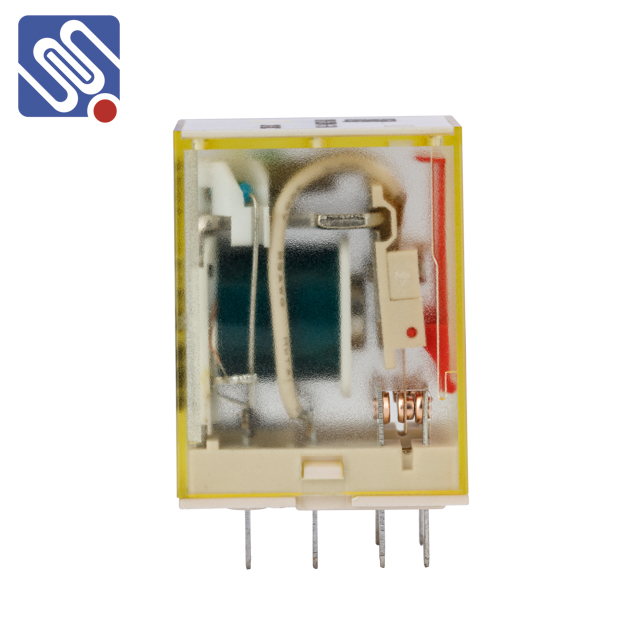understanding industrial relay: key component in automation systems
Release time:2025-03-26 05:13:00
Industrial relays play a vital role in automation systems, enabling safe and efficient control of electrical circuits. These electromagnetic switches are designed to control high-power devices with low-power control signals, which makes them indispensable in various industrial applications. In this article, we will explore the working principle, types, applications, and advantages of industrial relays, and why they are crucial in modern automation and control systems.

What is an Industrial Relay? An industrial relay is an electrically operated switch that uses an electromagnet to mechanically open or close one or more sets of contacts. Relays are generally used to control a circuit by opening and closing contacts, which in turn controls larger loads such as motors, lights, and other heavy electrical devices. The relay operates when an electric current passes through its coil, creating a magnetic field that moves an armature to open or close the contacts.
The primary function of an industrial relay is to provide a means to switch a high-voltage or high-current load with a low-voltage control signal. This makes them essential for applications where direct manual control of high-power systems is not feasible or safe.

